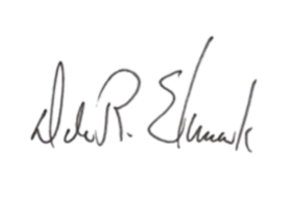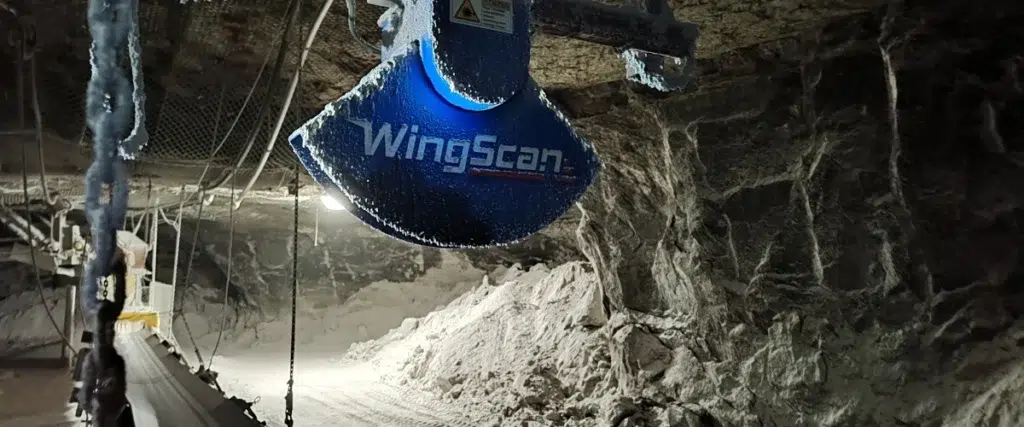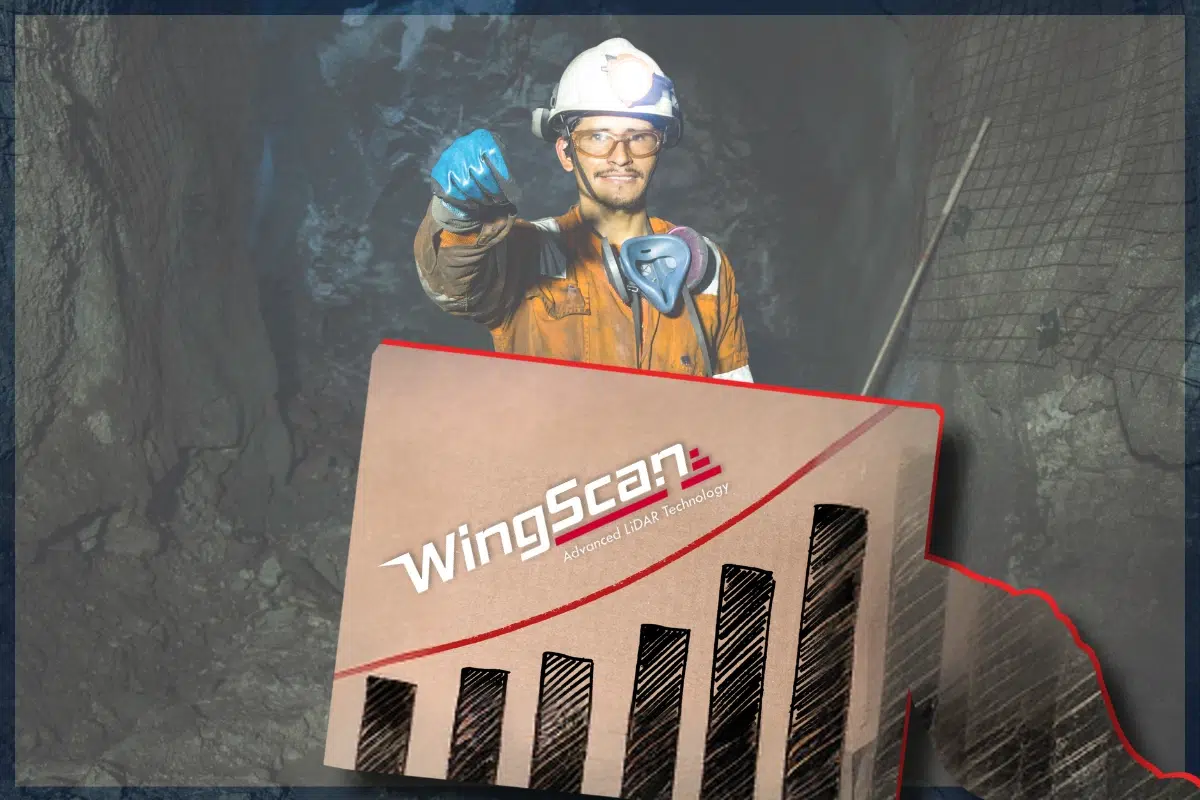Most mining companies are still stuck with outdated measurement systems that are costing them a fortune.
Their platform scales create massive truck delays (burning fuel and creating expensive downtime while drivers sit there waiting).
Their belt scales break down approximately 847 times more than they should (…which means shutting down entire operations every time they need fixing or adjusting).
The result?
They’re making money disappear faster than free donuts at a construction site..
How can you measure accurately without constant calibrations or downtime?
The answer is volumetric scanning.
Let me show you exactly how much money is walking out the door – and how to stop it cold.
How To Stop Incinerating Money At Your Mine With A Volume Scanner (Real-World Examples)
Listen, if you’re still using platform scales or belt scales at your mine in 2025, we need to talk.
You see, we need to get clear data on material flow.
The reality is that there are three fundamental drivers behind successful ROI in volumetric scanning:

1. Advanced Technology That Delivers Digitized Information You Can Act On NOW

2. Complete Transparency of Material Flow Throughout Your Operation

3. Transform Operator Behavior and Mine Management With Actionable Data
First, you need advanced technology that delivers digitized information mining operations that can act on immediately.
Why? Because if you can’t take action on issues as they arise in real-time, you’re constantly in a reactive state where you only respond once a problem is noticeable (which is often too late and extremely expensive)
Second, you need complete transparency of material flow from extraction to loadout…
And lastly, you need operational transformation.
This means how accurate measurement data changes operator behavior and mine management. Think about it. Measuring better doesn’t mean just more profit; it also means redefining your operation’s culture to prioritize success.
And Consider this…
❌ …without this actionable data layer at your fingertips that lets you see what’s flowing in your operation…
❌ …without adjusting your actions and decision-making to align with actionable real-time data flow…
❌ … you’re burning through wads of cash from thousands of tiny little mistakes that add up over time. (Death by a 1000 cuts)
Look, according to a peer‑reviewed study in the CIM Journal (Volume 14, Issue 4, 2023), carryback was detected in 62% of haul truck cycles at a Queensland gold mine, leading to roughly $370,000 in lost ore over a seven-month period (Knights & Reuter, 2023).
And if you’re in the mining industry, you already know just how common these “little” issues like carryback, underloading, or overloading can be, right?
It happens. All. The. Time.
And what about those belt scale calibrations that shut down operations more often than a broken coffee machine shuts down an office?
Dale Eckmark, one of the foremost experts in diamond mining, told us this nightmare scenario:



In diamond mining, a single belt scale calibration costs us $12–21 million in lost production. Over several years, that is a very significant loss of revenue. When you show me a technology that can eliminate these 4–7 hour calibration stops, at $3 million revenue per hour, that’s huge… beyond comprehension.
I am not intending to be a salesperson, however with a technology like WingScan that can significantly impact production in our industry, I am more than willing to provide support.

Vice President, Tacora Resources
“In diamond mining, a single belt scale calibration costs us $12–21 million in lost production. Over several years, that is a very significant loss of revenue.”
A $21 million loss? Yeah, that’s slightly problematic, right?
This means that making the switch from traditional scales to volumetric scanners could prevent losses totaling a million dollars or more annually. Wild, isn’t it?
And, this reliability nightmare isn’t unique to diamond operations. Look, across mining operations, mechanical weighbridges constantly fail, and belt scales break down in harsh environments.
You know this.
Mining operations either can’t consistently get true and accurate measurements, or it’s just too costly to retrofit existing loadout yards.
With volumetric scanning, all you need to do is add the system, and you’re measuring – no massive infrastructure overhaul required.
In other words, with volumetrics, you’re getting a view of what’s moving in your operation faster, easier, and better, so you can truly start optimizing your entire operation for maximum profit.
And, this is just the beginning…
Let me break down even more scenarios where volumetric scanners are turning massive losses into dollars for mines across the United States…
More Volumetric Scanner ROI Scenarios & Examples
Trucks carrying only 85% of full load. Saving 15 trips/day at $500 each ≈ $7,500/day (~$1.9 M/year).
Lost 10 tons of ore each day. Scanners recover ≈ $1,000/day (~$250 K/year) by eliminating leftover material.
Load disputes halved at an aggregate operation, saving tens of thousands of dollars per year in contested shipments.
There’s also an unexpected ROI factor many mining operations completely miss: moisture variance in materials.
Traditional weight-based systems get fooled by varying moisture content – they measure the extra water weight as more material than you actually have. This throws off your material chemistry and creates processing problems downstream. Volume measurement eliminates this false reading entirely, preventing off-spec materials and costly processing errors.
To see how a scanner performs in extreme conditions, read our reliability case study.
Why Mines Are Choosing Mining Volumetric Scanners
Ultimately, smart mines are swapping their sluggish, stupid scales for scanners because they save time, money, and are very accurate.
This sound familiar? Every miscalculation on material volume creates problems:
- Load disputes with customers who question your measurements (relationships destroyed)
- Overloading trucks beyond legal limits (fines, equipment damage, safety risks)
- Underloading means you’re not maximizing revenue per haul (lost profit on every trip)
- You’re processing inaccurate data for production planning (operational chaos)
- You’re making critical decisions based on flawed measurements (as accurate as a weather forecast?)
The evidence is overwhelming.
While your competitors are stuck in the Stone Age, you could be living in the future…
Ready to See Your Savings and Potential ROI? Request a WingScan Consultation For Your Operation

Volumetric scanning isn’t just helpful; it’s really important for mines that want to save money and run smoothly.
Interested in switching from belt scales and/or platform scales to volumetric scanning? Learn more about how scanners compare to traditional scales.
And If you’re ready to find out how much your mine could save, ask for a WingScan consultation request.
Our experts can show you exactly how fast the investment pays off. When every load and speck of material matters, don’t use inferior methods.
Choose WingScan and start saving money right away.
What’s the typical ROI timeline for volumetric scanning systems in mining?
ROI can be almost immediate, especially when replacing unreliable weighbridges or belt scales.
Mining operations often struggle with scales that can’t stay calibrated or are too costly to retrofit.
With volumetric scanning, you get instant returns because you finally have a measurement system that works consistently without shutting down operations for calibration.
How do volumetric scanners handle moisture variations that affect traditional mining scales?
This is a major hidden ROI factor in mining.
Materials with varying moisture content fool weight-based systems, giving false readings that affect material processing and quality control.
Volumetric measurement isn’t affected by moisture weight, providing consistent accuracy whether your ore is dry or wet.
Beyond measurement accuracy, what other ROI benefits do mining operations see?
The Three Ts of ROI benefits:
- Technology advancement: real-time, actionable data for mine management.
- Transparency: complete material tracking from pit to loadout.
- Transformation: behavioral improvements when miners can see their productivity data.
Many mines report that displaying tonnage metrics on visible scoreboards dramatically improves haul truck loading efficiency.
Do volumetric scanners work for different types of mining operations?
Yes. Whether you’re running belt conveyors, loading haul trucks, or filling rail cars, the core measurement challenges are the same: unreliable weighbridges, costly scale maintenance, and the need for consistent production data.
The technology works across quarries, open-pit mines, and aggregate operations.
What makes volumetric scanning better than upgrading existing mining scales?
Traditional mining scales create bottlenecks (trucks waiting in line), require frequent calibration downtime, and break down in harsh mining environments.
Volumetric systems provide continuous measurement without stopping haul trucks, eliminate calibration shutdowns, and give you transparency into every load.
You can track each truck, each operator, each shift — transforming how your mine operates.
Interested in learning how Wingfield can help your business?
Schedule a conversation with a wingfield specialist!
or call 423-698-0100
